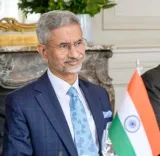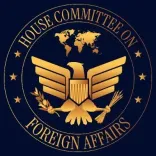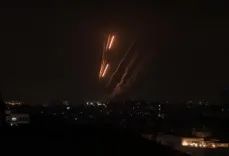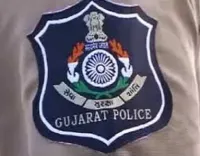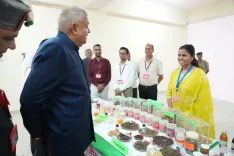Why Did Syria Condemn the Obstruction of a Humanitarian Convoy in Sweida?
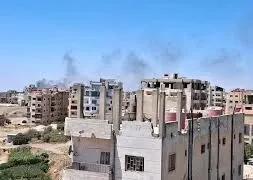
Synopsis
Key Takeaways
- Druze militias have been accused of blocking humanitarian aid in Sweida.
- The convoy has faced multiple blockades, highlighting security issues.
- The Syrian government blames Israeli intervention for the deteriorating situation.
- Recent violence has led to significant casualties, exceeding 1,000 deaths.
- A ceasefire has been declared to facilitate humanitarian aid delivery.
Damascus, July 21 (NationPress) The Syrian foreign affairs officials have accused Druze militias of blocking a humanitarian convoy intended for the southern province of Sweida.
According to a statement, the convoy carrying essential medical supplies was hindered from entering Sweida for the second time within four days. The authorities alleged that armed Druze groups imposed conditions on the convoy's entry.
Only a small fraction of the aid, which was escorted by the Syrian Arab Red Crescent, was permitted entry, as reported by Xinhua news agency.
“The worsening security situation is a direct consequence of persistent Israeli intervention and the retreat of Syrian security forces,” the statement indicated. “This has resulted in a loss of control, obstructing efforts to deliver crucial services and fulfill basic needs.”
Emergency authorities chief Raed al-Saleh stated on state television earlier that aid convoys have been stalled for several days trying to reach Sweida, but the “complex security situation and the kidnapping of colleagues” have hindered delivery.
As per the Syrian Observatory for Human Rights, recent violent confrontations between local Druze fighters and Bedouin tribal militias have resulted in over 1,000 fatalities.
Earlier on Saturday, Syrian authorities announced an immediate and comprehensive ceasefire, marking a critical turning point in the deadly sectarian conflicts in southern Syria, which led to recent Israeli airstrikes.
In a statement released Saturday, the Syrian authorities noted that the truce aimed to maintain national unity and protect civilian safety amid “critical circumstances,” labeling the action as a national and humanitarian duty.
The authorities urged all factions to cease hostilities and facilitate the secure delivery of humanitarian aid.

